Why doesn't the heated towel rail heat up and how to start it?
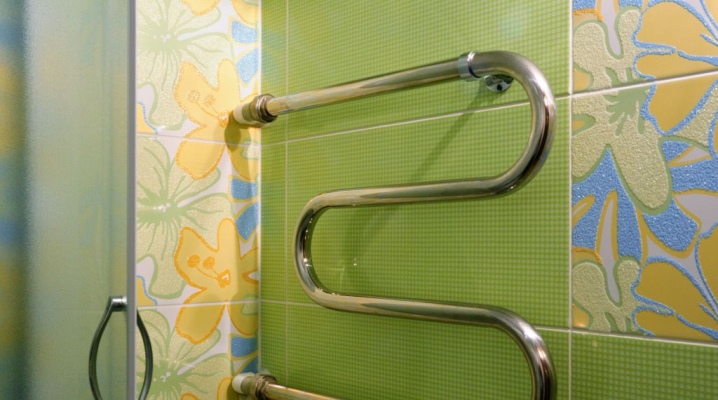
Such a thing as a heated towel rail is present in the apartment of any multi-storey building today. Its use allows you not to appear in the bathroom, where there is almost always high humidity, such things as fungus, mold and condensation. In addition, this element makes it possible to dry towels and other things. But quite often it happens that the heated towel rail does not heat for some reason - either it does not heat up at all, or it is heated only by half.
Let's try to figure out why a new heated towel rail can be cold after installation and what needs to be done to start it up correctly for its correct and high-quality operation.

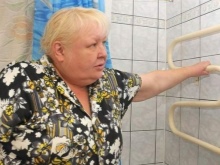
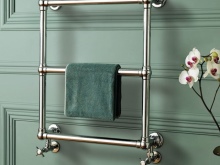
Causes of the problem
Why is the heated towel rail cold, despite the fact that the batteries are hot and the pipe to which it is connected is also. To begin with, it should be said that it can be water or electric.
In the latter case, the problem is easy to find. Here the device itself can either break down, or there is simply no power supply for one reason or another.
With a water analog, everything is somewhat more complicated. Heating problems for such models can arise for a number of reasons. More specifically, they are:
- shutdown of hot water;
- clogged coolant;
- airlock.
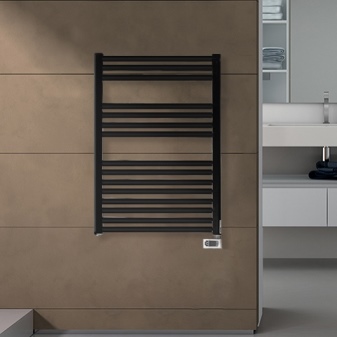
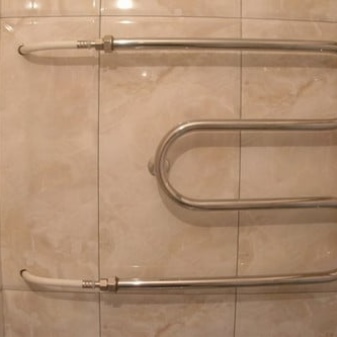
Now it is worth considering each problem in a little more detail.
Disconnecting hot water
Hot water is very often turned off in our houses in summer. And this is precisely the reason that the coil simply does not heat. There is practically no person who has not faced such a problem at least once. But it also happens that there is water, but the device does not heat up. This can happen due to the following points.
- The installation of the device was originally carried out on heating pipes, and not on hot water pipes. It is clear that when heating ceases to be supplied to the apartments, the heated towel rail will simply cool down and will not work until it is turned on at the start of the new heating season.
- When the hot water was turned off in the summer with the subsequent start-up, an airlock began to form in the system, which turned out to be just in the "ladder".
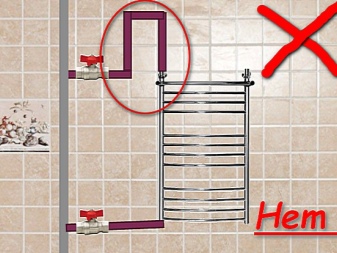
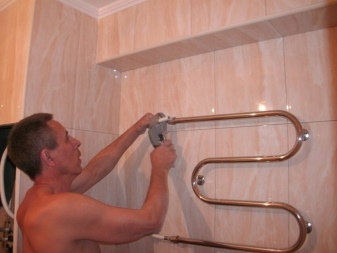
Airlock
A similar phenomenon is a fairly common cause of problems with a heated towel rail. There are several factors that cause the traffic jam.
- Incorrect device connection. The installation of the dryer, which is carried out without taking into account some of the subtleties of the DHW mechanism of a particular house or building, which is connected very far from the heating circuit, causes its frequent airing. This causes a lot of trouble for the owners. In this situation, everything is solved by reinstalling the equipment. Considering the cost of this event, it is better to choose a truly qualified master before installation, the result of whose work will be of high quality.
- Low quality equipment. Often, the problem of airing becomes especially relevant for models of cheap dryers, which are made without taking into account a number of nuances of their further use. Such products are usually produced by companies from China. Manufacturers from the Middle Kingdom often do not take into account the most elementary engineering moments and make models of irregular shape.
For this reason, the products have a lot of sharp drops, both above and below, and also have pipes that are too thin, due to which there is either no circulation in them, or an excellent environment for the formation of air locks is created.
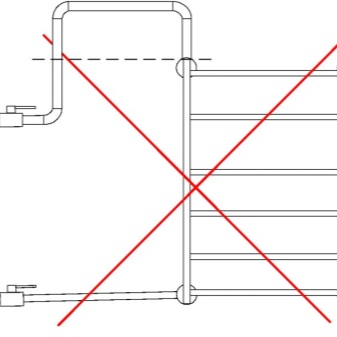
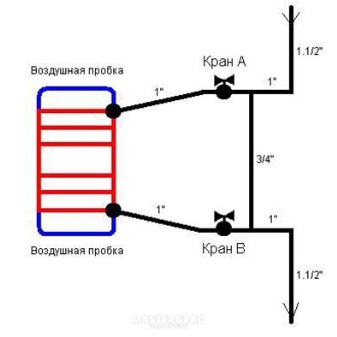
Dirty coolant
Another reason due to which problems with a heated towel rail may appear is a dirty coolant. It often happens that rusty water flows from our pipes as a result of some work. And after a while, the heated towel rail simply stops working. And the reason for this may be precisely the dirty coolant, due to which a blockage has formed in the device due to rust or salt deposits.
Given that the blockage prevents hot water from circulating normally in the dryer, it simply begins to cool down. Most often, this phenomenon occurs at the end of the heating season, when various activities begin in the pipeline mechanism.
During this period, rust and any debris in the system that gets into such elements is "agitated". And therefore, their performance decreases or stops altogether.


How to start?
Now let's try to figure out how you can eliminate the aforementioned problems and bring the heated towel rail into working condition. Let's start with a situation when an airlock has formed in the system. Removing air can help here.
The easiest way to do this is in a private house, where the owner knows the structure of the water supply mechanism and where the tap is located, when you open it, you can release the air. If the house is multi-storey, then there is a high probability that it will be necessary to bleed off the whole riser. The algorithm of actions will depend on the type of building, because the structure of the riser is different everywhere:
- In 5-storey buildings built in Soviet times, the hot water riser goes to the last floor, after which it goes down again. The accumulation of air is usually carried out on the top floor at the highest point. And the descent should be done here. Usually in apartments on the upper floors there is a special hose on the upper valve of the riser. When the valve is turned, water flows out of the hose until the air cushion disappears.
- In 9-storey panel-type buildings, all communications usually end in the attic, which is why the elimination of all problems will be carried out there. Given that there is not always access there, you will have to call a plumber from the organization that serves the house. If access is present, then everything can be done with your own hands. The procedure here will be the same as in the case of 5-storey buildings.
- In other types of buildings, arbitrariness should not be practiced and a plumber must be called, which will perform all the necessary actions.

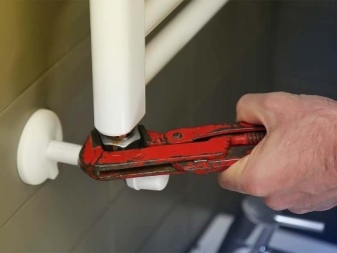
If we talk about removing air directly from the heated towel rail, then there are 2 solutions. If the equipment is old, then the sequence of actions will be as follows.
- Place a container under the equipment where the water will be drained. This will avoid flooding the room.
- Using an adjustable wrench, it is required to unscrew the nut that connects the dryer to the hot water pipe. You need to be extremely careful not to rip off the threads. This is especially important if the equipment is really old.
- You must wait until the hissing stops and water starts pouring into the container.
- Tighten the nut carefully.
If the model of the heated towel rail is relatively new, then everything will be much easier, because it is equipped with a special air vent, which is called the Mayevsky crane. Essentially, it is a narrow, tapered cylinder. Its constituent elements are a shut-off screw, as well as inlet and outlet openings, which are small in size.
The Mayevsky tap is opened by turning the shut-off screw. Considering that the holes have a small diameter, when it is opened, the pressure will not be strong.
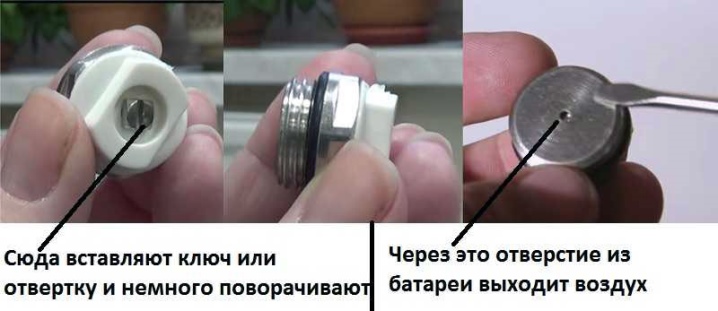
To bleed air using such a device, you will need:
- put a container where the water will drain under the aforementioned tap;
- using a screwdriver or wrench, carefully turn the special screw (it is important not to overdo it, so that later there will be no problems with installing this element back);
- wait until the hissing sound disappears from the hole and water flows from there without air particles in the form of bubbles;
- carefully close the tap.
As a rule, after such actions, everything starts to work correctly, regardless of whether the lower connection is here or the upper one.
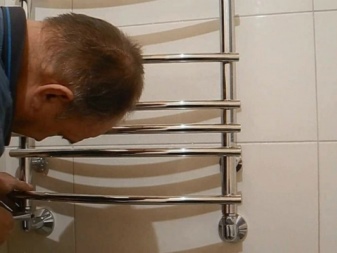
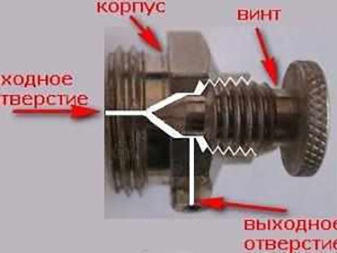
If it is established that the cause of the breakdown is that the heated towel rail is clogged, then you will need to clean it. To do this, you need to remove it for a while. The flushing process itself is carried out as follows.
- We close the hot water tap so that later the water does not pour onto the floor. To play it safe, we mount plugs on pipes.
- After that, we unscrew the nuts, which fix the device. A special pipe wrench can be used for this. We dismantle the heated towel rail.
- With a soft wire-type cable, which is equipped with a brush at the tip, we clean the towel. To knock down salt deposits from the inner surface that have already hardened, you will need to tap the device.
- Now we carry out flushing with a strong pressure of water. The best way to do this is to put a hose on the tap and put the other end inside the heated towel rail.
- If it becomes clear that the water comes out of the heated towel rail perfectly, you can put it back in place.
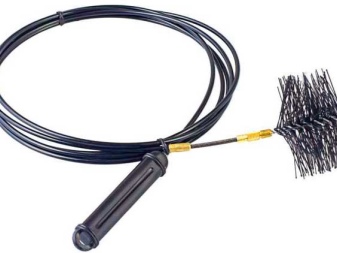
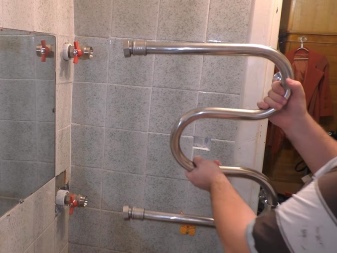
It should be added here that work of this nature requires some preparation. If there is no skill, then it would be better to turn to professionals.
If the problem is in turning off the hot water, and the heated towel rail is mounted in the heating pipe, then the solution here will be solely to transfer it from this pipe to the hot water supply pipe. But nothing can be done here on your own, and you will need to involve heating network specialists and plumbers.
If there is simply no circulation of the coolant, then you can still try to drain hot water in the most elementary way. You just need to open all the taps in the home - in the kitchen and in the bathroom. The method can hardly be called cheap, but sometimes it helps.
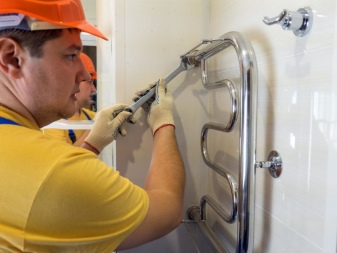
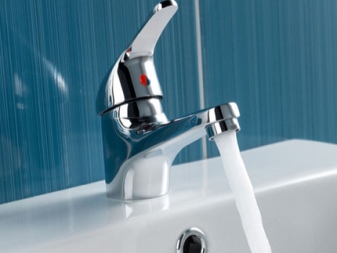
Recommendations
The first point is that, when carrying out work on your own, you should clearly understand the sequence and algorithm of actions in a particular case. If there is no experience or there are doubts about the correctness of your own actions, it would be better to call a specialist.
Another point - you should use only high-quality heated towel rails and do not buy cheap Chinese models.
It is necessary to take into account in what type of building there was a problem with a heated towel rail, in order to roughly understand how the hot water supply mechanism works.
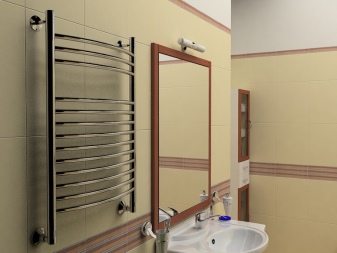
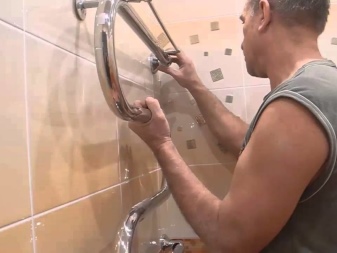
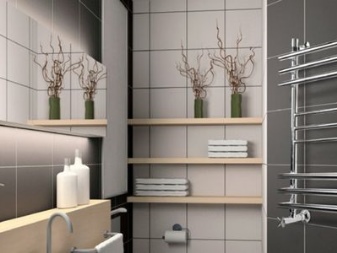
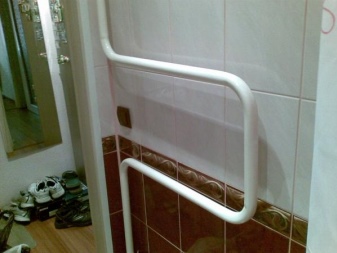
For why the heated towel rail does not heat, see the next video.













The comment was sent successfully.